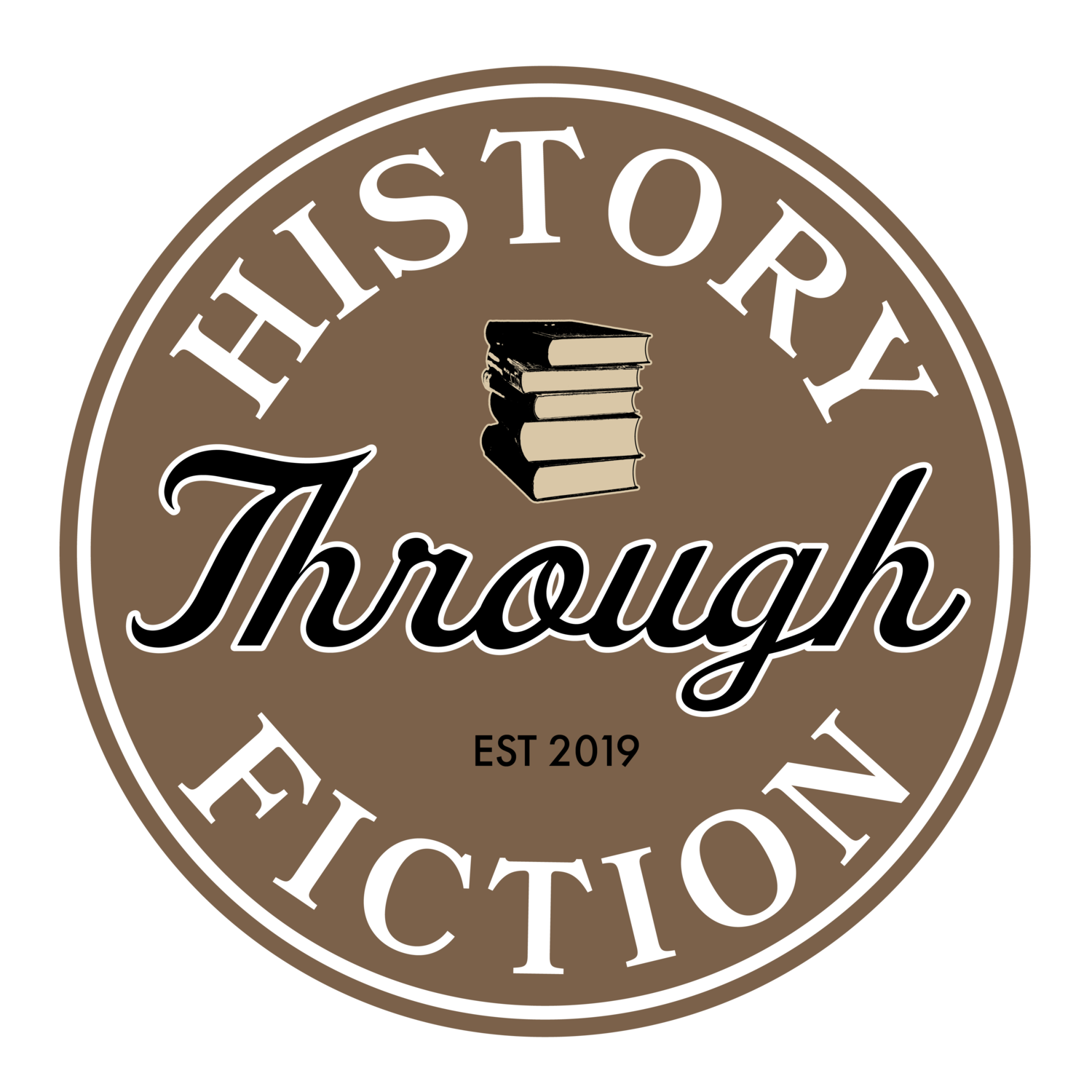History Through Fiction is now accepting submissions!
History Through Fiction editor Colin Mustful
My public writing career began in earnest during my graduate program at Minnesota State University, Mankato, where I studied history. My essays were academic, complete with citations and bibliographies. For instance, my essay The Tobacco Controversy of 1857 published by the Hindsight Graduate History Journal, has one hundred twenty-nine footnotes in just twenty-two pages. Footnotes, endnotes, and bibliographies are standard for scholarly essays. They provide valuable context and references for verification and further research.
When I moved toward fiction, I had a very hard time eliminating nonfiction elements such as footnotes from my writing. When I submitted my first novel for publication, I submitted it with footnotes. But, the editor required that I change the footnotes to endnotes. Also, the first chapter began with background, contextual information that I was asked to remove.
Since that time, I have written three more novels and received similar feedback from editors and publishers. When submitting my third novel, Ceding Contempt, one publisher expressed an interest in my manuscript but stated that fiction cannot have footnotes. Rather than acquiesce, I decided to self-publish. And, not only did my novel include footnotes, it included a bibliography and an extensive appendix with real primary source documents.
Footnotes and other nonfiction elements of writing are rare in fiction, but certainly not unheard of. In his article, “On the Fine Art of the Footnote,” writer Jonathan Russell Clark points out how author’s Vladimir Nabokov and David Foster Wallace skillfully incorporate endnotes in order to add experimental and aesthetic elements to their novels. In his novel The Brief Wondrous Life of Oscar Wao, Junot Díaz, on the other hand, uses footnotes, rather than endnotes, and he uses them to provide historical context and information about Rafael Trujillo, the cruel dictator of the Dominican Republic from 1930 to 1961.
Most contemporary fiction readers, it is believed, dislike footnotes in fiction because it disrupts the narrative—it removes the reader from the fictional dream. Authors then, try to incorporate important information into the narrative and leave out the rest.
Colin Mustful speaks to an audience in New Ulm about the history behind his novels.
I disagree. I think that footnotes and other nonfiction, academic elements of writing can and do enhance fictional narratives—especially historical narratives. Furthermore, I think that historical fiction authors have a certain obligation to their readers to be transparent about their sources and honest about what’s fact and what’s fiction. Historical fiction novels can do more than immerse the reader in a historical time period. They can also act as a resource for further investigation and discovery. Footnotes and endnotes can and should more deeply immerse the reader in the real and verifiable context of the narrative while also providing a reference for verisimilitude and further study.
At History Through Fiction, we seek historical novels based on real people and real events that can be verified through documented evidence. The narratives should still have rich, detailed, complex worlds and characters that expose emotional truths of the human experience, but they should not be so dramatic that they become indistinguishable from their sources.
Fiction can have footnotes, endnotes, bibliographies, and appendices. For a good example, look at Stephen Yoch’s Becoming George Washington. Yoch is honest and upfront with his reader about what is fictionalized and what is not. He creates a compelling, deeply moving and personal narrative without overlooking historical facts and details. He also includes an Extended Author’s Note, Bibliography, and Biographical Sketches to help the fiction reader understand the real life people and events of his novel.
If you have a historical story to tell, and it is steeped in rich historical detail, then History Through Fiction wants to help you tell that story. Editor Colin Mustful has published four historical novels, all of which incorporate elements of fiction and nonfiction. He has a Master of Arts degree in history and a Master of Fine Arts degree in creative writing, helping him understand both academic and fiction writing. He has worked as an editor for Howling Bird Press in Minneapolis and he has experienced and understands the publishing process. History Through Fiction is open for submissions now through the end of the year (2019) or until further notice. You can find submission guidelines here: http://www.historythroughfiction.com/submission-guidelines/.


